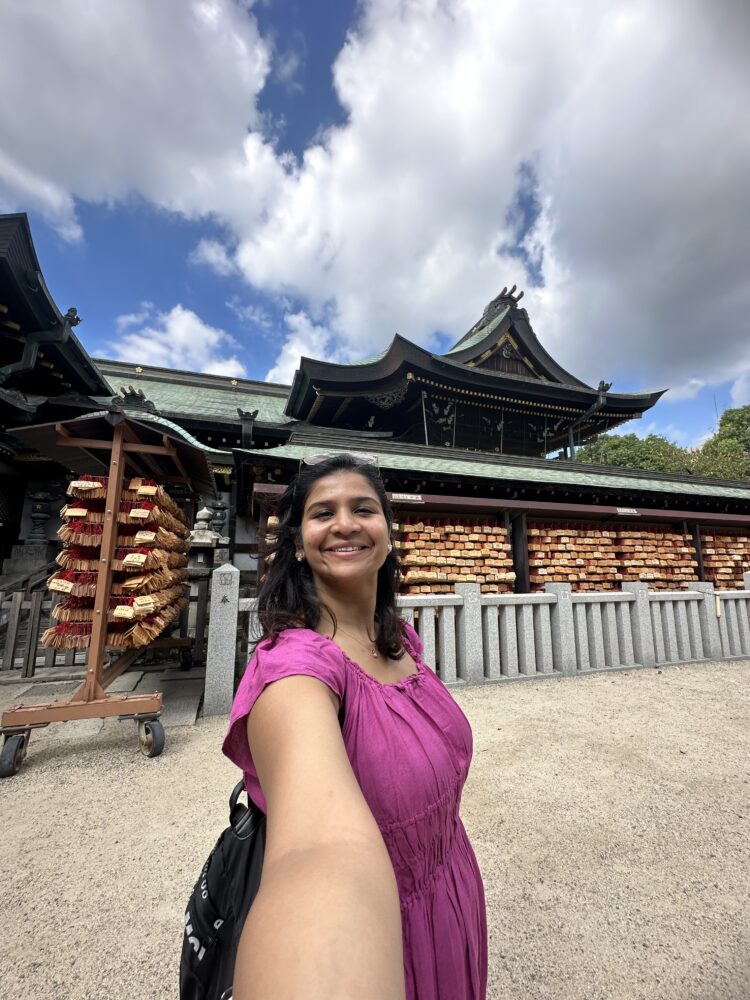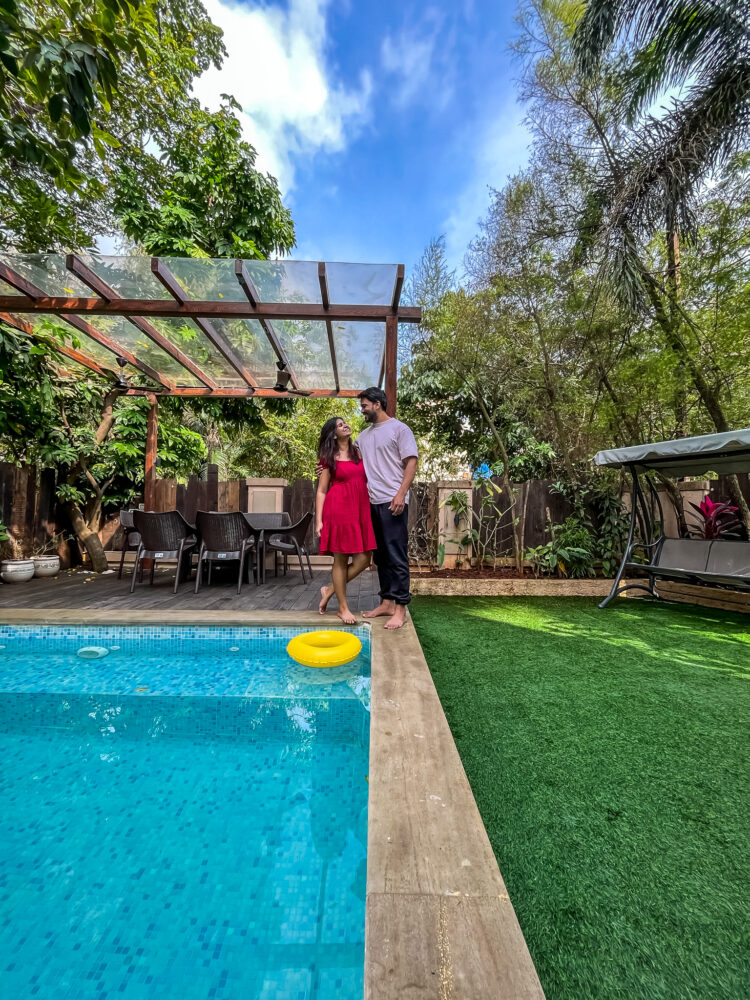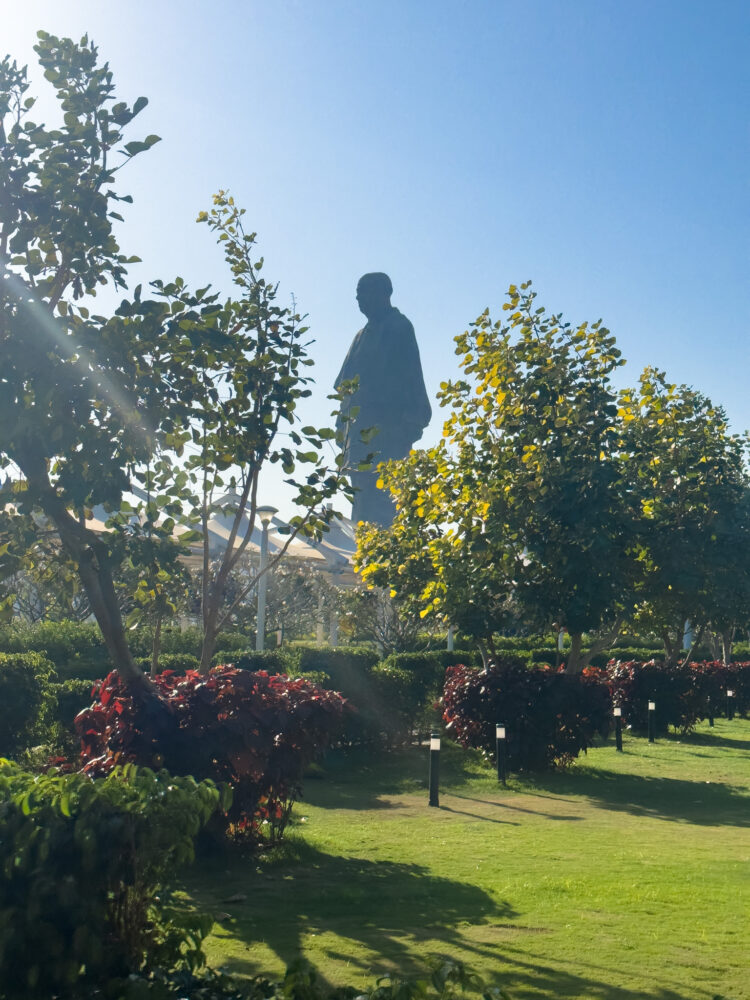6 mistakes to avoid in Kyoto
Kyoto, a city where tradition meets modernity, is a tapestry of cultural richness and historical depth. As the former imperial capital of Japan, it’s a place where every alley whispers stories, and every temple holds centuries-old secrets. However, even in such a magical setting, a traveler can stumble. This guide aims to illuminate common missteps and offer wisdom for those seeking to fully embrace the Kyoto experience.
1. Choosing the Right Accommodation:
One of the most crucial aspects of planning a Kyoto trip is deciding where to stay. A common mistake is choosing accommodations solely based on price or amenities, without considering location. For instance, staying at Stay SAKURA Kyoto Higashi Hongan-ji might seem appealing, but it’s located away from the city center, leading to 20-30 minute transit waits.
Solution
The ideal area for a stay in Kyoto is Downtown Kawaramachi. This vibrant district is not only central but also teeming with shops, restaurants, and close to the historical Gion district. Staying here means you’re at the heart of Kyoto, with easy access to Kyoto Station and Central Kyoto. By choosing a well-located hotel, you save time, enjoy the city’s nightlife, and have a more immersive experience.
2. Selecting the Appropriate Travel Pass:
Kyoto’s transport system can be complex, and picking the right travel pass is crucial. Many tourists opt for the Hankyu Pass, attracted by its coverage of popular spots like Arashiyama. However, this pass has its limitations
Solution
The Keihan Pass is a more versatile choice. It not only covers trains but also extends to subways and buses, offering broader coverage and flexibility. With Kyoto’s well-connected bus network, this pass allows you to explore far-flung temples and hidden gems without the hassle of buying multiple tickets.
3. Allocating Sufficient Time for Exploration
Kyoto cannot be rushed. A common oversight is underestimating the time needed to explore this city. Two days might seem enough, but they barely scratch the surface of Kyoto’s vastness.
Solution
Allocate at least three days, preferably more, to truly appreciate Kyoto. This allows for a relaxed pace to explore major sites like the Fushimi Inari Shrine, Kinkaku-ji (Golden Pavilion), and the Arashiyama Bamboo Grove, along with time to wander through lesser-known neighborhoods, uncovering the real Kyoto that lies beyond tourist brochures.
4. Understanding Kimono Rental Timings
Renting a kimono in Kyoto is a delightful experience, but many travelers miss out due to a lack of knowledge about rental timings. Arriving late often means wearing the kimono for a brief time.
Solution
Most kimono rental shops open between 8:30 and 9:00 am. Plan to arrive early, as this allows you to choose from a wide range of options and enjoy wearing the kimono for the entire day. Remember, there are no hourly charges, but be mindful of the return times, usually around 5-5:30 pm, as shops close by 6-6:30 pm.
5. Preparing for Kyoto's Weather:
Kyoto’s weather, especially during the fall, can be unpredictable. Many travelers make the mistake of not carrying an umbrella, leading to discomfort during sudden rain showers or strong sunlight.
Solution
Always carry a compact umbrella. This simple precaution ensures that you’re ready for sudden weather changes, be it a rain shower or a sunny day, allowing for a smoother exploration without interruptions.
6. Neglecting Local Etiquette
Kyoto, being a city deep-rooted in tradition, has its unspoken rules and etiquette. Tourists often overlook this, inadvertently disrespecting local customs, such as speaking loudly in temples or ignoring queue systems.
Solution
Take time to understand and respect local customs. This includes speaking softly in sacred places, queuing orderly, and being mindful of private properties when taking photos. Respecting local etiquette not only enriches your experience but also helps in forging a respectful connection with the locals.
Conclusion
Visiting Kyoto is more than a trip; it’s a journey through time and culture. By sidestepping these common mistakes, your experience in Kyoto transforms from a mere visit to an immersive journey. Remember, the heart of Kyoto lies not just in its temples and shrines, but in the rhythm of daily life, the courtesy of its people, and the stories etched in its streets. Embrace this ancient city with an open heart and mind, and let Kyoto reveal its many wonders to you.







